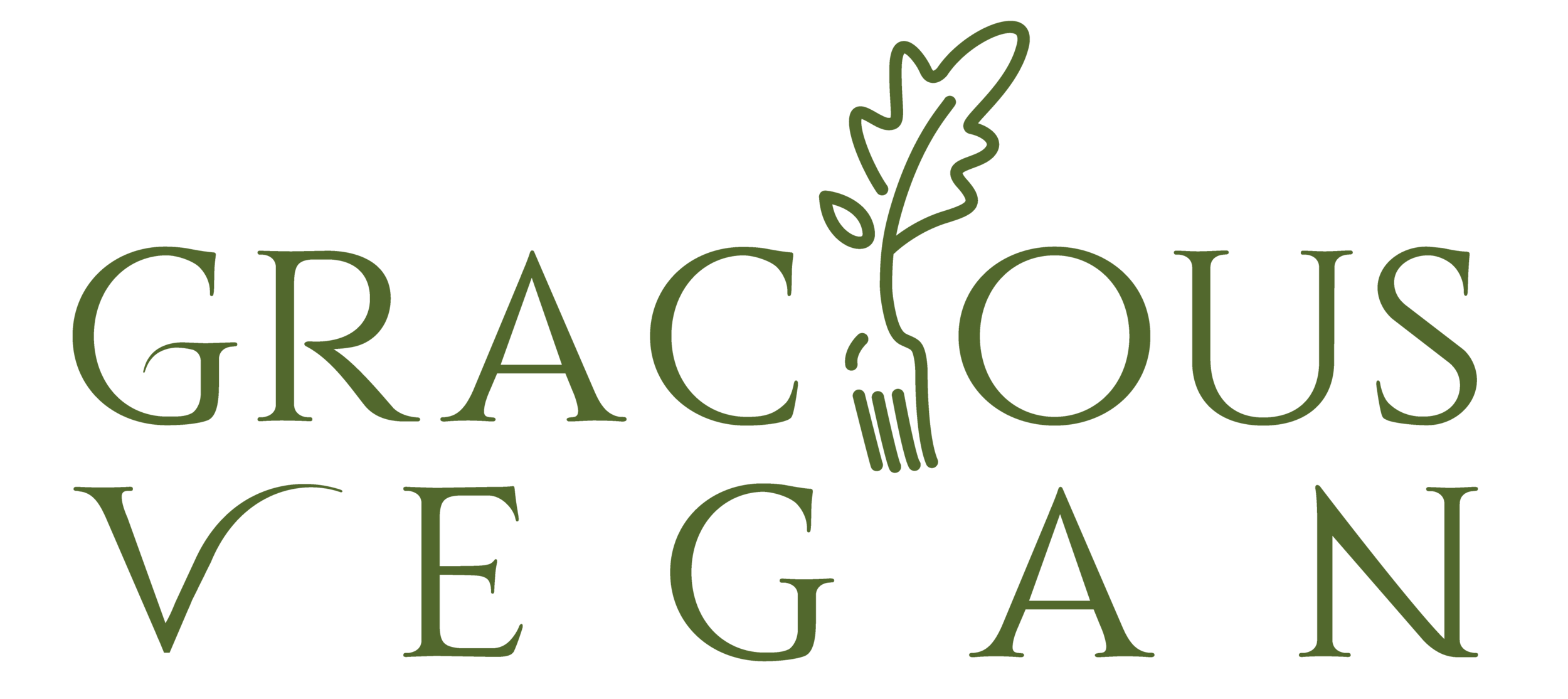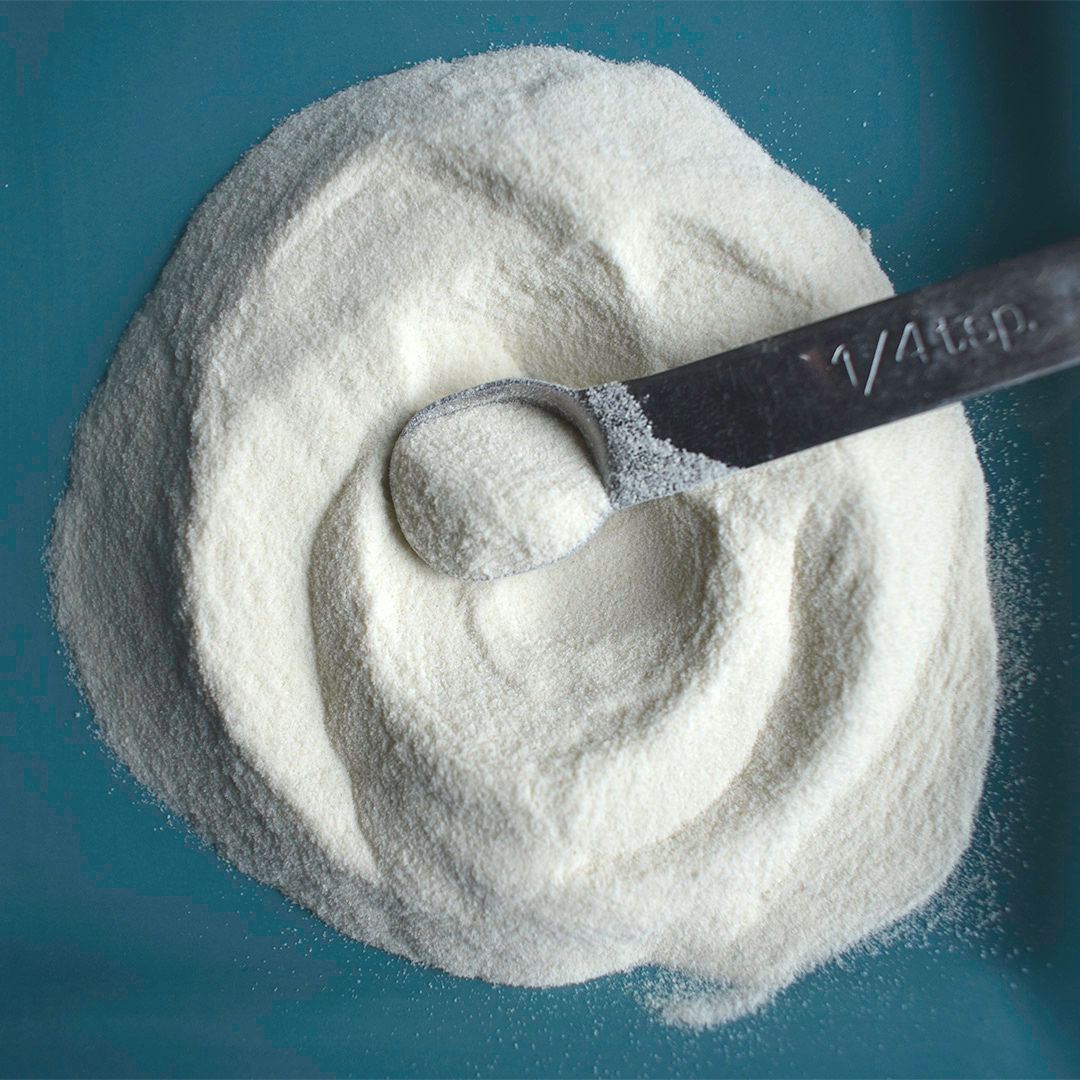What is Xanthan Gum and is it Vegan?
Xanthan gum is used in many manufactured food products because it helps thicken foods and keep ingredients blended while they sit on the shelf. Salad dressings, ice creams, toothpastes, yogurts, and hundreds of other products are commonly made with this ingredient.
What is it?
Discovered in the 1950s, Xanthan gum is made by fermenting corn sugar (or other sugar) with a bacteria called Xanthomonas campestris. After fermentation in big vats, the mixture is spread out, dried, and then ground into a fine white powder.
Is Xanthan gum vegan?
Most Xanthan gum is vegan, but it’s good to check the label, because some manufacturers use lactose (milk sugar) instead of corn sugar.
Is Xanthan gum plant-based?
Xanthan gum is a processed rather than whole-food ingredient, yes, but very small amounts play important roles in particular plant-based dishes, so I’ve chosen to keep it around in my kitchen.
Gluten-free baking
Xanthan gum is popular in gluten-free baking circles, because it provides elasticity and stickiness in doughs that don’t contain gluten.
In my Orange Cranberry Cardamom Bars recipe, I give a choice between a gluten and a non-gluten version. For the gluten version, I call for vital wheat gluten to help the mixture stick together. For the gluten-free version, I substitute 1-to-1 flour and Xanthan gum for the vital wheat gluten.
Where to find Xanthan gum and how to store it.
You can find Xanthan gum in some supermarkets’ bulk sections, allowing you to buy just a little at a time. It’s also sold in packages by Bob’s Red Mill and others. Bob’s is vegan. Xanthan gum lasts for several years in an airtight container in the pantry, so there’s no need to worry about it expiring.
Xanthan gum can be stored at room temperature.
Other recipes
I use Xanthan gum in egg substitutes, such as in Baked Indian Fritters, Tofu-Cashew Mayonnaise, No Oil, Elegant Succotash Gratin, Sweet Potato Cakes, and Vegan Dressing with Gravy.

